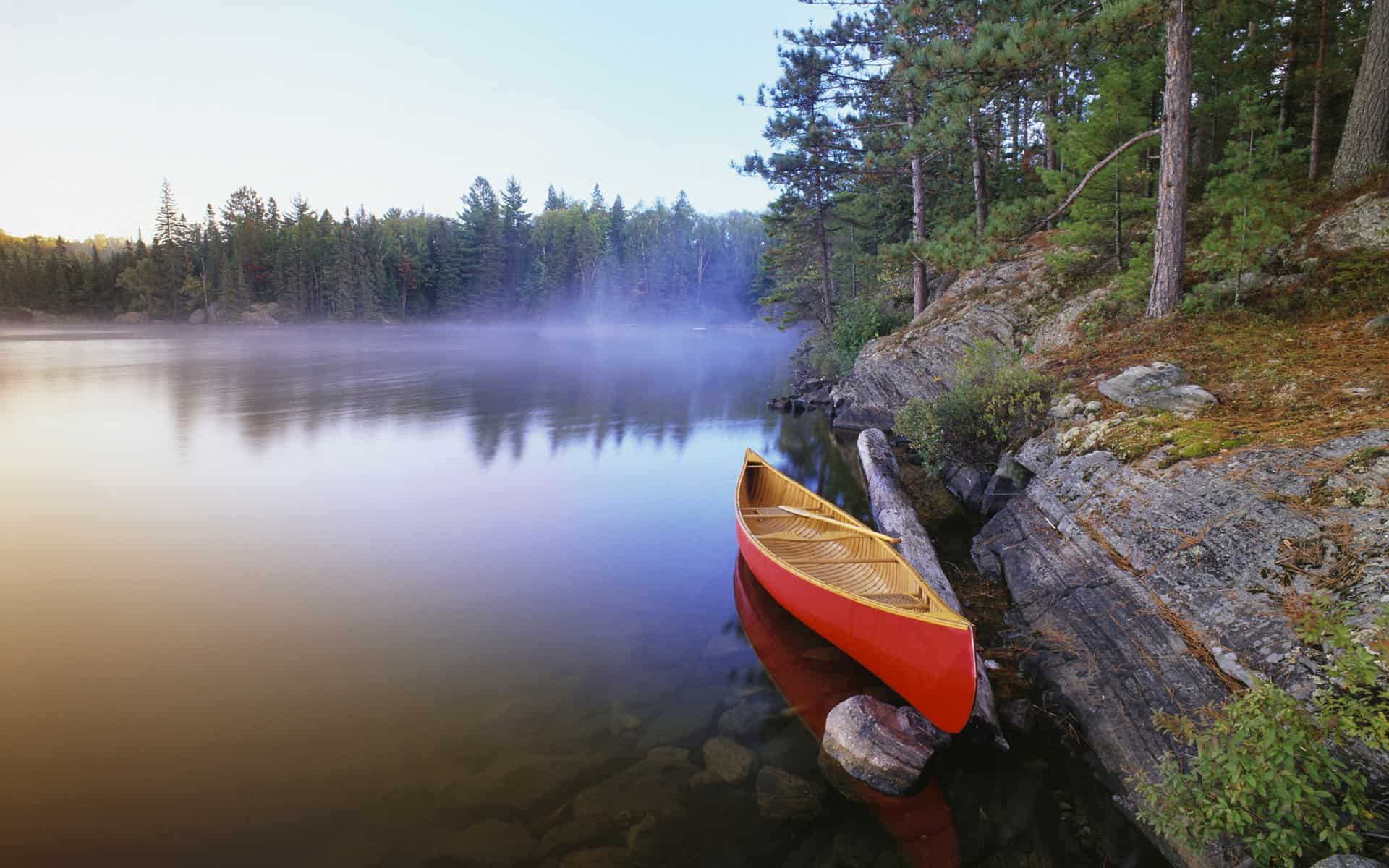With Ontario Parks celebrating its 125th anniversary this year, summer is the perfect time to explore the diverse natural beauty that Ontario has to offer – and with more than 300 provincial parks to choose from, outdoor lovers won’t be disappointed. Here are a few of the many gems in this great province:
1. Algonquin Provincial Park
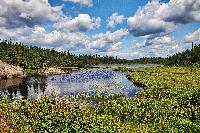 Pixabay / jarvy
Pixabay / jarvy
When thinking of parks in Ontario, Algonquin Provincial Park is usually the first to come to mind – and for good reason. Located between Georgian Bay and the Ottawa River, near Whitney, Ont., Algonquin Park (8,000 km in size) is Ontario’s largest (and oldest) park, home to thousands of lakes and rivers. Canoeing and hiking are the best ways to explore, though in either case, keep an eye out for wildlife; wolves, moose, black bears and deer all call Algonquin home. Don’t miss the wolf howl, where you can learn how to call to wolves and listen to them howl back, held every Thursday night in August. Can't make it this summer? Algonquin Park is particularly beautiful in autumn when the fall colours are in full bloom; the vast maple tree hills and rocky ridges give visitors the true essence of outdoor Canada.
2. Bon Echo Provincial Park
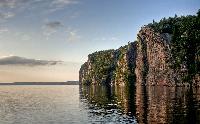 Credit: Wikimedia Commons / Ryan McGilchrist
Credit: Wikimedia Commons / Ryan McGilchrist
Located near Cloyne, Ont., Bon Echo Provincial Park’s main campground on Mazinaw Lake is the second deepest lake in Ontario and looks out to the park’s main attraction; the 100-metre-high Mazinaw Rock. With more than 260 native pictographs along the base of the rock face, this was designated as a National Historic Site of Canada in 1982. Many choose to kayak or canoe to get an up-close look at these Aboriginal inscriptions. Boat tours are also available. Hiking is also popular in Bon Echo Park, with numerous trails ranging from one to 17 kilometres in length; enjoy the incredible views of the entire park from the top of Mazinaw Rock.
3. Pinery Provincial Park
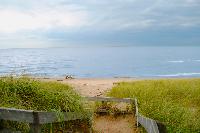 Credit: Flickr / fallenflowers
Credit: Flickr / fallenflowers
With 10 kilometres of soft sand beach on the shores of Lake Huron, visitors are usually drawn to Pinery Provincial Park for its relaxing vibes and one of the best sunsets in the world, as ranked by National Geographic. With a 14-kilometre bike trail and 10 different walking trails, biking and hiking are great ways to explore the rare forests and rolling dunes of the Pinery. Rent a kayak, canoe, paddleboat or hydro bike and enjoy the 14-kilometre Old Ausable Channel, a provincially significant wetland. Opt to enjoy the seclusion and privacy of the quiet park, or take a night to experience Grand Bend, which is known to be a popular party beach town, located near the Pinery.
4. Killarney Provincial Park
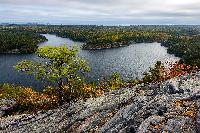 Wikimedia Commons / Sergey Pesterev
Wikimedia Commons / Sergey Pesterev
Located near Killarney, Ont., Killarney Provincial Park offers visitors a unique landscape, surrounded by the La Cloche Mountains’ white quartzite rock and the pink granite shores of the Georgian Bay Coast. The park has more than 50 clear lakes within its forests and its beauty has captivated many artists; in fact, it is known for being the site of inspiration for The Group of Seven. Enjoy a leisure hike, leading to the shores of Georgian Bay, or the 80-kilometre La Cloche-Silhouette Trail, with spectacular lookouts. You’re guaranteed to see some wildlife during your explorations as fox, moose, bears, and beaver can all be found here. This park can be enjoyed year-round, with cross-country skiing and snowshoeing in the winter, and yurt accommodations available through all seasons.
5. Quetico Provincial Park
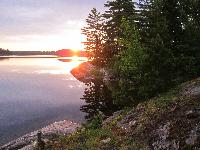 Credit: Flickr / Joe Strupek
Credit: Flickr / Joe Strupek
Northwestern Ontario’s Quetico Park is known for its remote wilderness feel and rugged beauty, with waterfalls, rock cliffs, and spruce forests. Located near Atikokan, Ont., Quetico is a world famous destination for backcountry canoeing, with more than 2,000 lakes to explore. This park’s expansive 4,500 kilometres of wilderness offers a much different experience than the parks found in Southern Ontario, as it sees far fewer visitors. A highway, providing access to campgrounds, runs through only a small area of the park, while the rest is accessible only by boat, canoe or float plane. It’s the perfect location for a secluded backcountry experience.
Similar content on CanadianTraveller.com:


